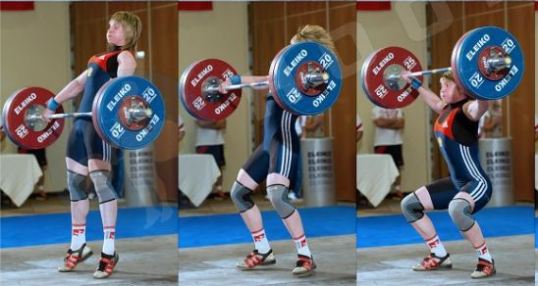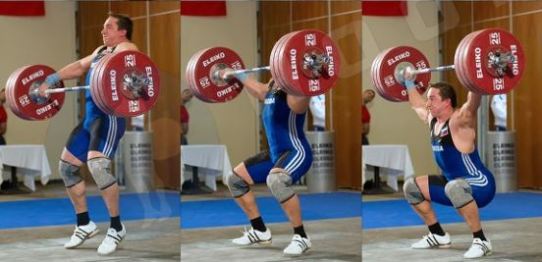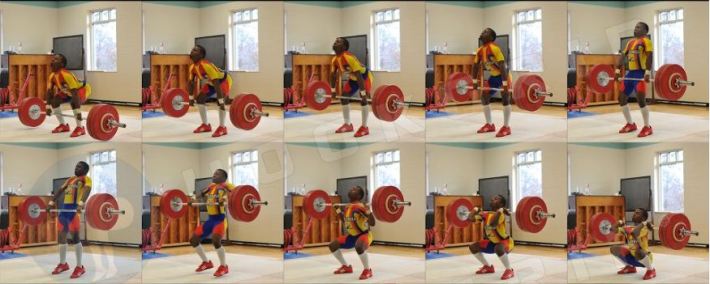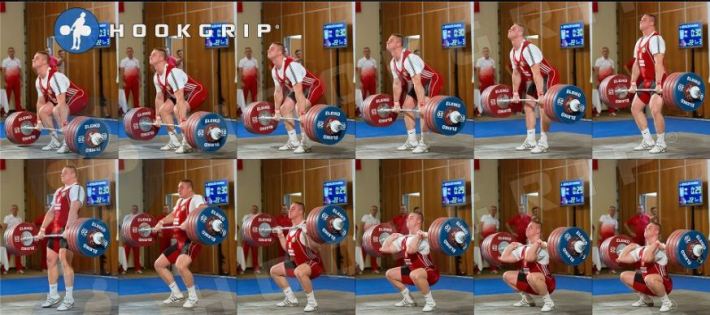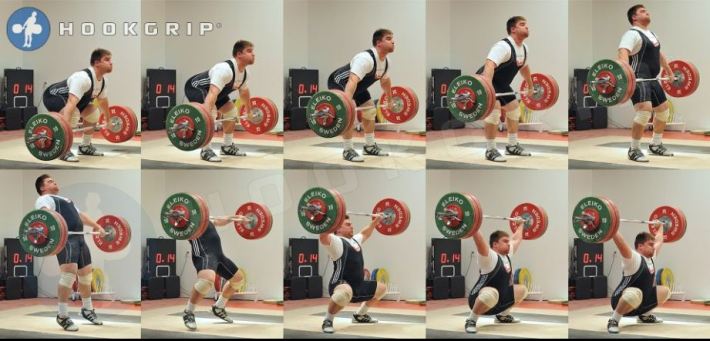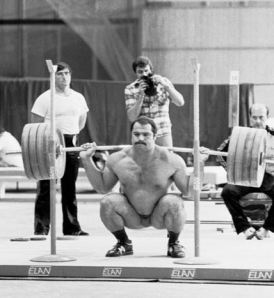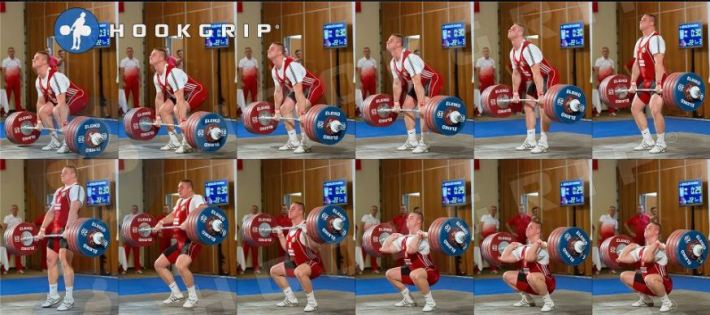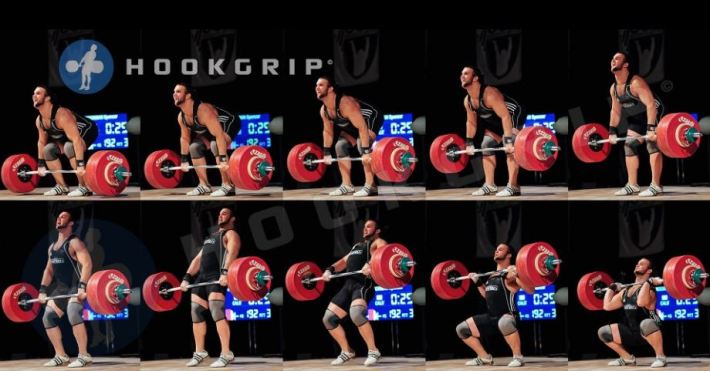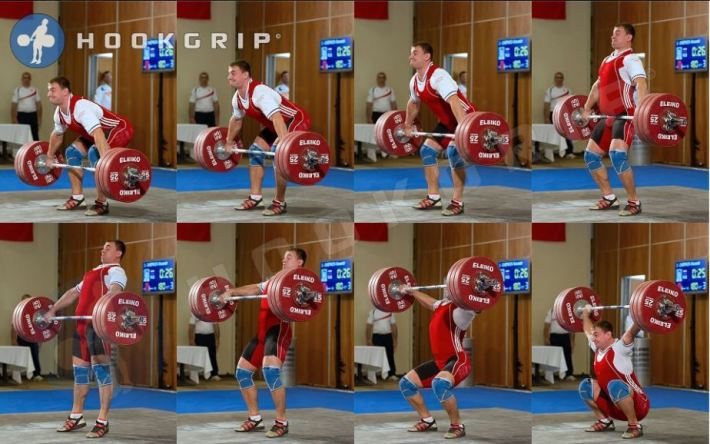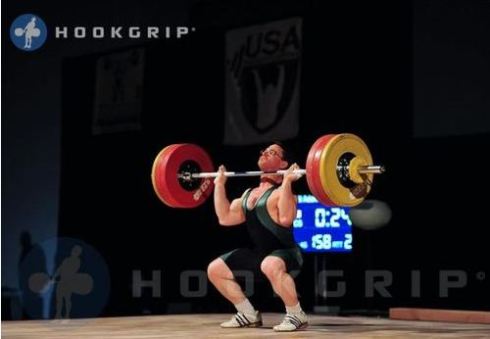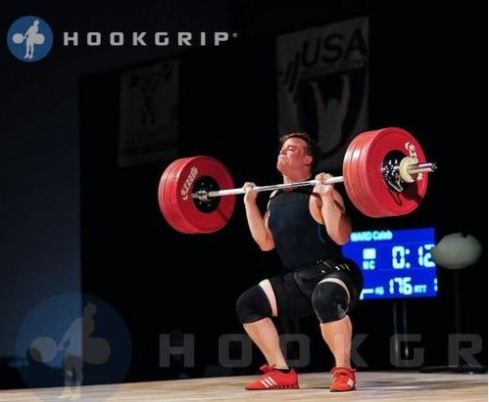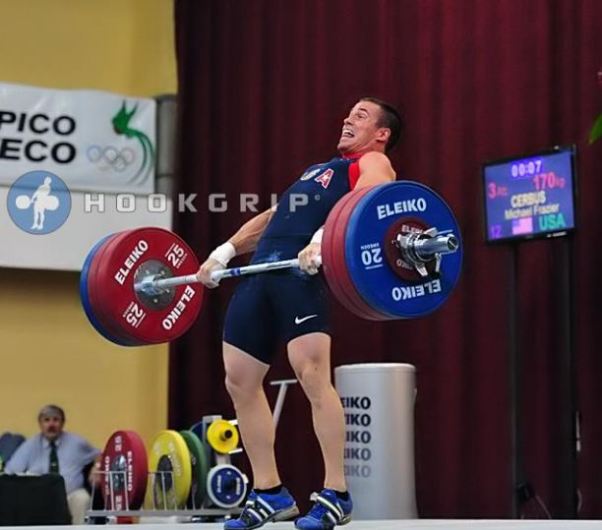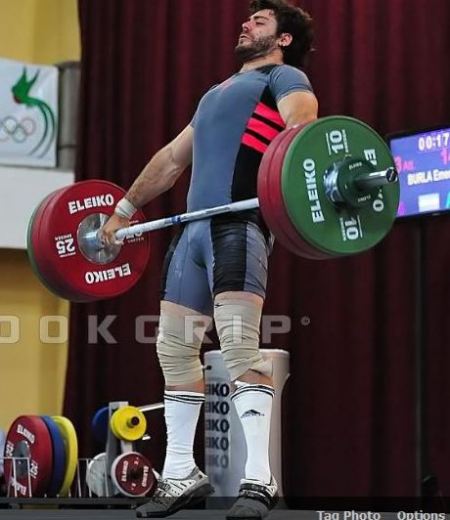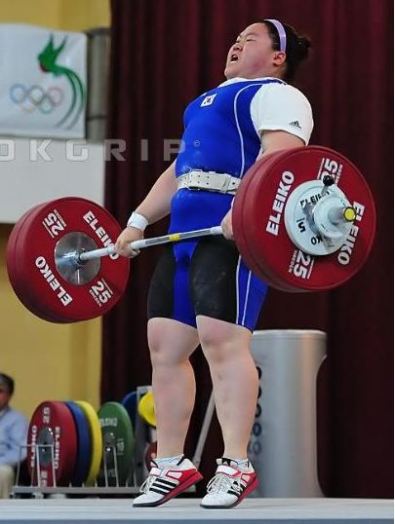Fast Off the Floor?
A common coaching cue, “fast off the floor” has its place, but for beginners and some intermediate weightlifters it can cause more harm than good. I constantly preach positions first. A lifter has to hit certain positions in the process of a lift to hit the heaviest weights of which they are capable. Any coaching cue that keeps a lifter from hitting those positions is detrimental to their progress. Emphasizing speed in the wrong place, at the wrong time in a lifter’s career, is just such a cue.
Taking the bar from the floor to the knees is one of the most critical portions of a lift. I can usually tell within the first two inches of the bar breaking from the floor if the lifter has a chance with the weight. If the bar moves back over the lifter’s base immediately, we’re off to a good start. If it moves straight up or away, the chances of a make at heavy weight drop off dramatically.
Understanding the importance of the floor to knees bar path, it is vital that this movement pattern be deeply ingrained before speed is emphasized. I have seen far too many inexperienced lifters told to be fast off the floor, only to see their hips rise much faster than their shoulders and the bar swing away right off the floor. Worse, some start ripping the weight off the floor with their arms, only understanding how to be fast with their arms. For this reason I stress control and precision with beginners and more experienced lifters who have inconsistent technique.
That does not mean slow off the floor. It means as fast as the lifter can move the bar and maintain a precise bar path. It may take hundreds or thousands of reps to get the movement pattern “grooved in” but they are reps well spent. That idea of a movement pattern being so well established that it can be done without thought is essential to heavy lifting. I’ve had good lifters try to demonstrate bad technique in clinics, only to be forced to make a conscious effort to do it wrong. The pattern is so much a part of them that they no longer know how to do it wrong. That is the goal of early technique work. Once that is established, then the lifter can truly lay into a lift with all the speed they can muster—and they should.
When learning a complex skill—and weightlifting is as complex skill—this order cannot be altered: mechanics, consistency, intensity. The mechanics of weightlifting require that the emphasis be on precision, timing and rhythm until the technique becomes deep-rooted even under the stress of heavy weights. When good technique is consistent, that is the time to push speed speed speed.
Speed kills, but if it is made the most important part of technique too early, it usually kills weightlifting careers.
